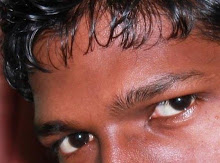Theory Exam - Schedule
| Sno | Date | Exam |
|---|---|---|
| 1 | 2.11.2011 | Numerical Techniques and Methods |
| 2 | 4.11.2011 | Control Systems Engineering |
| 3 | 9.11.2011 | Industrial Instrumentation I |
| 4 | 11.11.2011 | Microprocessors and its applications |
| 5 | 15.11.2011 | Modern Measurement Techniques |
| 6 | 17.11.2011 | Process Engineering Principles |
" ALL THE BEST; DO WHAT YOU CAN DO "


He arranged special hours on friday and saturday...
ReplyDelete